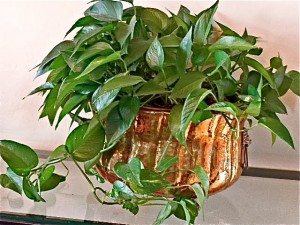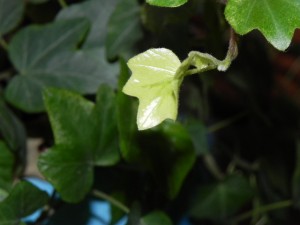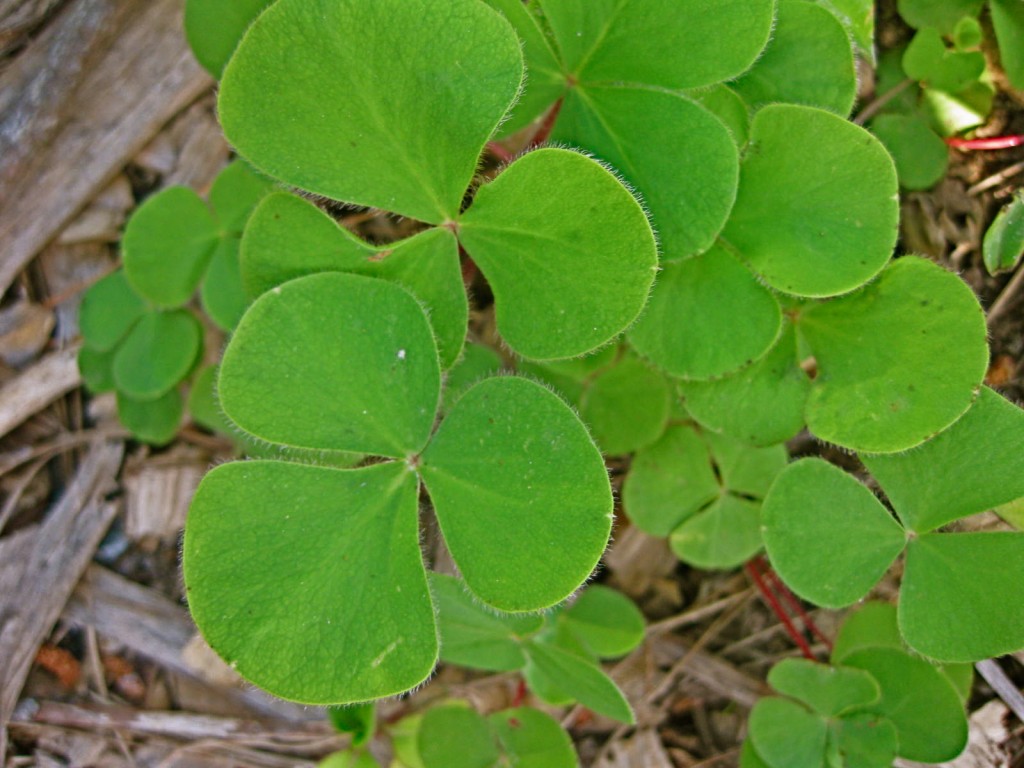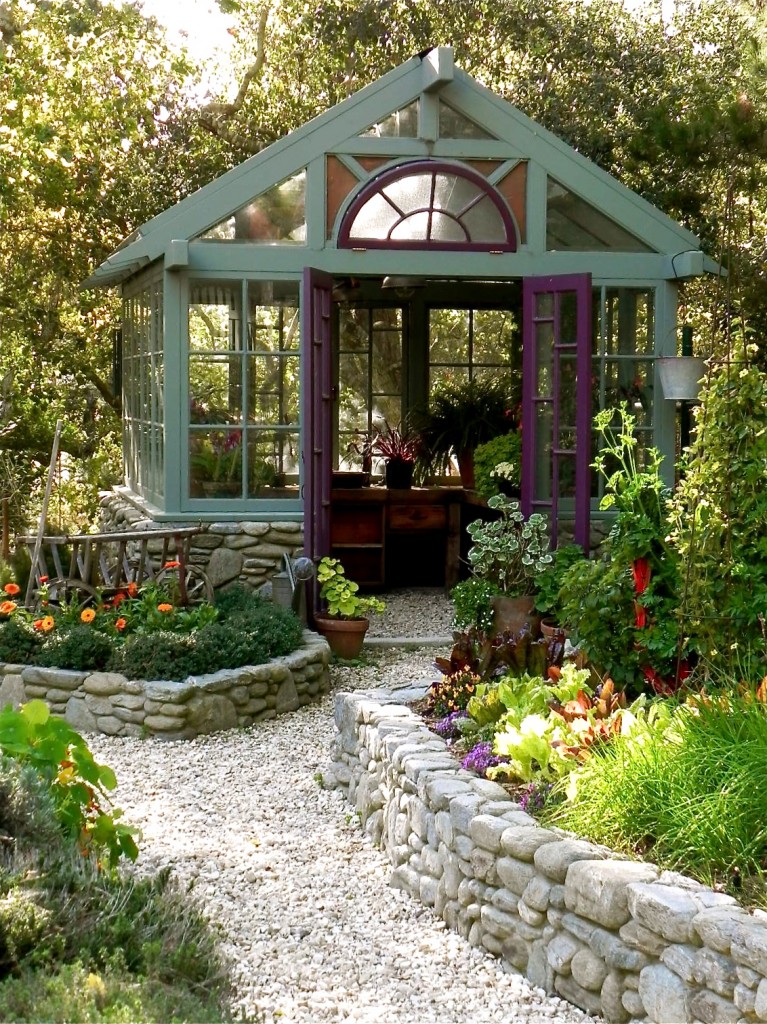
Now, we gardeners all know that plants breathe. They absorb carbon dioxide and release oxygen through tiny holes on the underside of leaves. But do they actually clean the air? Are they really “botanically vacuum cleaners”?
I wrote in my column “A Gardener’s Notebook” in the Cambrian on this subject. According to the latest research, plants do more than breathe, they remove toxins from the environment. People who read the article told me that they reevaluated their houseplants and had a whole new appreciation for these indoor miracle workers.
What I found was that new research points to the fact that common houseplants and blooming potted plants help fight indoor air pollution. NASA has researched methods of cleansing the atmosphere in future space stations and found that some indoor plants are effective in absorbing pollutants and rendering them harmless. Many common houseplants absorb benzene, formaldehyde, and trichloroethylene, common in building materials, cleaning supplies, and carpets. Plant leaves absorb pollutants and send them to the roots where they become food for microbes.
Hard to believe but pretty flowering plants such as gerbera daisy and chrysanthemums were rated effective in removing benzene from the indoor atmosphere. Retired NASA research scientist, B.C. Wolverton, Ph.D. stated that, “Research in our laboratories has determined that plant leaves, roots and soil bacteria are all important in removing trace levels of toxic vapors.” NASA also found Dracaena, Spathiphyllum (Peace Lily), and golden Pothos to be extremely effective in removing pollutants and gasses. Other botanical air cleaners on NASA’s list are Areca and reed palms, dwarf date palms, Boston and Australian sword ferns, English ivy, rubber plants, and the familiar Ficus benjamina.
In the research, it is suggested that one plant should be allowed for about 10 square yards of floor space unless you have exceptionally high ceilings. This means that you need two or three plants to effectively clean the air in an average sized living room.

Most air cleaners are also easy to grow. Many of the listed plants originated in dense shade so have a high rate of photosynthesis. They do not need direct sun. Beside feeding and watering your indoor plant on a regular basis, keep the leaves free from dust so they can do their job. Now, put a plant in a corner and breathe in your clean indoor air.
Why did I write on indoor plants this week? Because we’ve been housebound for the last 72 hours due to rain. I WANT TO START MY SPRING GARDENING! Help!



Great article.